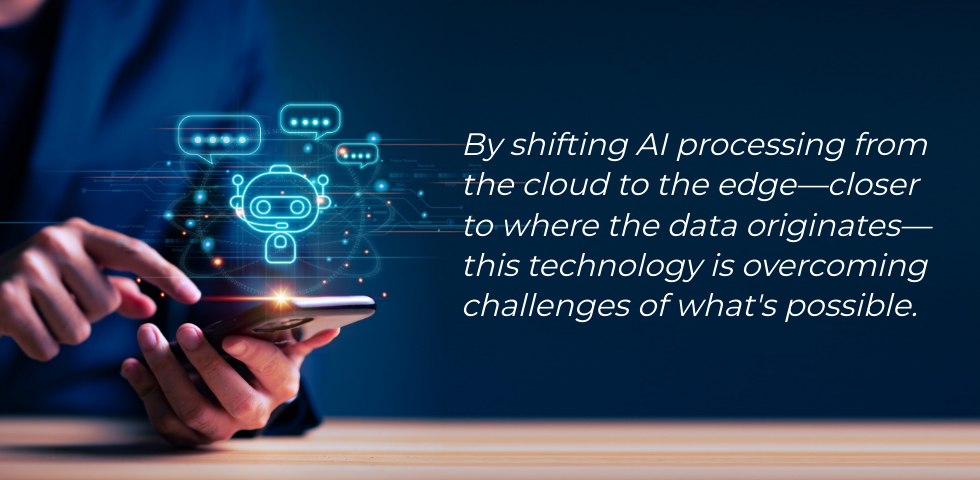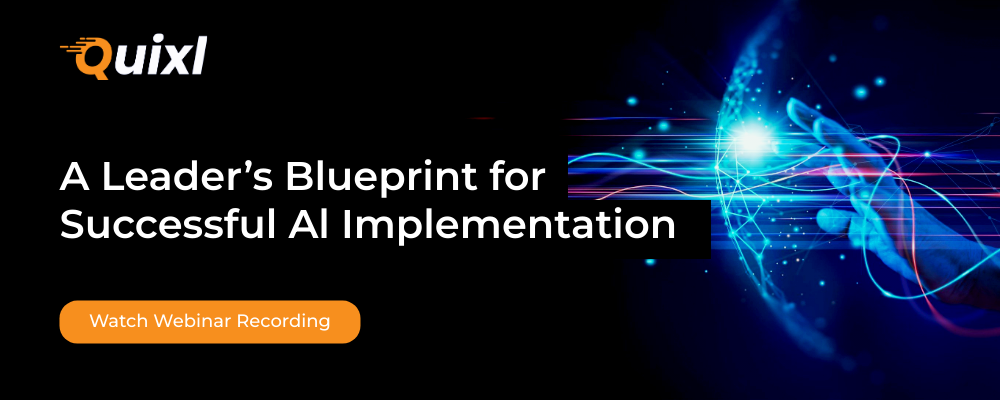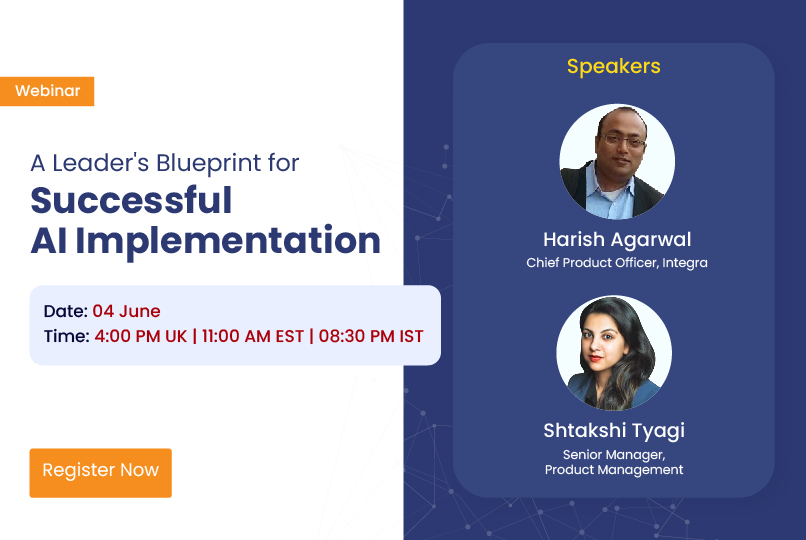Author: Nikhil. Mahamuni
Edge is the Beginning: AI on Edge Devices is Reshaping Industries and Everyday Life
Running Artificial Intelligence (AI) processes directly on edge devices has emerged as a significant step forward in information technology. From wearable health monitors and home security systems to automated manufacturing processes, AI on edge devices is transformational. Not only does it enhance performance and security, but it also inspires diverse applications across numerous industries.
Artificial Intelligence on Edge Devices
In the connected world of the 21st century, both Artificial Intelligence (AI) and edge devices have made notable advances. As AI is incorporated into more diverse applications, the demand for more processing power, speed, and security has given birth to the innovative concept of “AI on edge devices.”
Moving AI away from centralized cloud servers into edge devices like industrial machines, autonomous vehicles, and consumer electronics opens up new possibilities. Edge-based AI helps mitigate concerns such as network dependence, latency, and security.
AI on edge devices reduces reliance on cloud-based data centers for AI processing, allowing real-time insights derived locally. This is essential for applications like self-driving cars, where decisions must be made in split seconds. For security, edge AI cuts down the number of data transfers, decreasing potential breach opportunities.

The recent developments in consumer electronics like mobile devices, such as Microsoft’s Copilot+ PCs and Apple’s partnership with OpenAI, are accelerating AI integration on edge devices for consumers. The future of AI on edge devices looks promising, with ongoing innovations shaping the industry.
Understanding the Deployment of AI Applications in Devices
Deploying AI directly onto devices operates on principles different from traditional cloud computing. Here, AI models run on the device itself—the ‘edge’ of the network—rather than sending data to the cloud for processing. This real-time, localized processing can occur without internet connectivity, promising immediate results with lower latency.
This approach is essential in applications where delays could have severe consequences or where data privacy is a priority. For instance, self-driving cars require instant decision-making, which is possible only when AI algorithms run directly on the car’s computers. Similarly, devices handling sensitive user data can process it on-device, enhancing security.
Deploying AI on devices primarily involves three stages: Edge Device Selection, Software Compatibility, and Integration.
| Deployment Stage | Description | Importance |
| Edge Device Selection | Choosing a device that aligns with the specific AI application being run | Determines the success of AI processing |
| Software Compatibility | Ensuring software architecture supports edge AI | Affects the efficiency of AI algorithms |
| Integration | Combining AI solutions with edge device infrastructure | Involves testing and iterative improvements |
Through a correct balance of these deployment processes, AI can be fully integrated into edge devices, allowing users to utilize the potential of AI on-the-go and in real-time.
Edge AI Use Cases: From Theory to Reality
Artificial Intelligence has extended beyond typical data centers or cloud platforms into edge computing—the devices and systems closest to the point of action.
Running AI models on edge devices is transforming various fields with quicker response times and enhanced privacy. This approach also improves data security and reduces bandwidth requirements. Examples include:
- Healthcare: NVIDIA Clara Guardian provides AI-powered monitoring systems in healthcare settings. The technology runs on various edge devices, allowing for patient monitoring, automated body mechanics analysis, and other diagnostic tasks while keeping sensitive patient data secure.
- Retail: Amazon Go uses AI-powered cameras and sensors for a seamless, automated checkout process. Additionally, edge AI optimizes inventory management through real-time analytics.
- Security: The Ring doorbell, powered by edge AI, uses facial recognition and movement sensors to distinguish between family members, strangers, and potential intruders, enhancing home security.
- Industrial Manufacturing: AI algorithms monitor equipment health, predict maintenance, facilitate quality checks, and streamline operations locally, increasing productivity and machinery longevity.
These use cases illustrate how AI, coupled with edge computing, has moved from theoretical frameworks to practical applications, reshaping industries and everyday life.
Is your organization on the right track to extract value from Gen AI? What does your AI implementation blueprint look like?

Data Fuels Edge AI Deployment
The practical implications of AI on edge devices are redefining efficiency thresholds, security standards, and user experiences across various industries. Quantitative and qualitative data provide rich insights into the benefits and challenges of this technology.
One significant advantage is the potential to reduce latency. Several studies found that AI-enabled security cameras reduced latency by approximately 36% compared to traditional cloud-based AI processing systems.
However, deploying AI in edge devices also presents challenges such as data privacy. According to Security Magazine, edge devices with sensitive user data can become targets for hackers, necessitating stringent security measures.
AI processing capabilities vary across edge devices depending on hardware specifications and applications. Smartphones are proficient in running voice recognition AI due to enhanced audio hardware and localized usage. In contrast, manufacturing robots excel at visual recognition AI for time-critical operations.
| Edge Device | AI Processing Strength | Best Use Case |
| Smartphone | High-speed localized processing | Voice recognition & personalized recommendations |
| Security Camera | Low-latency image processing | Real-time threat detection |
| Manufacturing Robot | High-speed visual & spatial recognition | Precise time-critical tasks |
Examining Future Trends of AI on the Edge
Future developments in AI on edge devices point to promising and impactful trends. Edge-based AI systems are expected to progress across various sectors, impacting how we interact with technology.
- IoT Devices: Edge devices will increasingly perform roles traditionally handled by the cloud or data centers, reducing response time, lowering data transmission costs, and providing robust functionality when offline.
- Personalization: Small Language Models (SML) models will offer more personalized experiences without massive data transmissions, enhancing user satisfaction.
- Privacy: AI-powered edge devices will contain sensitive data locally, providing added security and driving wider adoption, especially in industries handling sensitive information.
While edge AI is relatively nascent, understanding and adapting to these trends is critical for anyone in the AI and IT sectors. As AI continues to redefine technological boundaries, the edge represents just the starting point.
From wearable health monitors to automated manufacturing processes, edge AI has a significant impact. Real-world reports highlight the merits of deploying AI on edge devices, showcasing quantitative and qualitative insights.
Staying abreast of developments in this domain is essential for businesses, tech enthusiasts, and the wider public. As we witness the speed of advancements in artificial intelligence technologies, it’s clear that the edge is just the beginning.


